The Future of Multimedia Education: Integrating AI into the Curriculum
In the digital age, multimedia education has evolved significantly, embracing new technologies and methodologies to enhance learning experiences. One of the most transformative technologies today is Artificial Intelligence (AI). As AI continues to advance, its integration into multimedia education promises to revolutionize the way students learn, teachers instruct, and educational institutions operate. This blog explores the future of multimedia education with a focus on the integration of AI into the curriculum.

The Future of Multimedia Education
The Current State of Multimedia Education
Multimedia education incorporates various forms of content delivery, including text, audio, video, graphics, and interactive elements, to provide a rich learning experience. Traditional multimedia tools have already made significant strides in making education more engaging and accessible. However, the integration of AI can take this to a whole new level by providing personalized, adaptive, and interactive learning experiences.
Personalization and Adaptive Learning
AI-powered systems can analyze student data to understand individual learning styles, strengths, and weaknesses. This enables the creation of personalized learning paths tailored to each student’s needs. For instance, if a student struggles with a particular concept in a multimedia course, AI can recommend additional resources or alternative explanations to help them grasp the material better.
Adaptive learning platforms, driven by AI, adjust the difficulty level and type of content based on real-time feedback from students. This ensures that learners are neither bored with the content that is too easy nor overwhelmed by material that is too challenging. By providing a customized learning experience, AI helps to keep students engaged and motivated.
Enhancing Content Creation and Delivery
AI can also assist educators in creating high-quality multimedia content. AI-powered tools can generate realistic simulations, interactive videos, and immersive virtual reality (VR) experiences. These tools can save educators time and effort, allowing them to focus more on teaching and less on content creation.
For example, AI algorithms can analyze large volumes of educational videos to identify key concepts and create summary clips or highlight reels. This can be particularly useful for revision and review sessions. Furthermore, AI can enhance content delivery by providing real-time translations and transcriptions, making multimedia education more accessible to non-native speakers and students with disabilities.
Intelligent Tutoring Systems
Intelligent Tutoring Systems (ITS) are another area where AI is making a significant impact. These systems use AI to provide real-time feedback and support to students as they work through multimedia courses. ITS can answer questions, provide hints, and even assess student performance. This immediate feedback helps students stay on track and understand concepts more deeply.
Moreover, AI-driven chat bots and virtual assistants can offer round-the-clock support to students. These AI tools can handle routine queries, freeing up educators to focus on more complex and personalized interactions. The integration of AI in tutoring systems ensures that help is always available, enhancing the overall learning experience.
Preparing for the Future Workforce
Integrating AI into multimedia education is not just about improving current educational practices; it is also about preparing students for the future workforce. As AI technology becomes more prevalent across various industries, having a solid understanding of AI and its applications will be crucial. By incorporating AI into the curriculum, educational institutions can equip students with the skills and knowledge they need to thrive in an AI-driven world.
Courses on AI and machine learning can be introduced alongside traditional multimedia subjects, giving students a well-rounded education. Hands-on projects involving AI tools and techniques can further enhance their learning, providing practical experience that is highly valued by employers.
Challenges and Considerations
Ensuring data privacy and security is paramount, as AI systems rely on vast amounts of student data. Additionally, educators need to be adequately trained to use AI tools effectively. There is also the risk of over-reliance on technology, which could undermine the human element of teaching.
The future of multimedia education is bright with the integration of AI. By offering personalized learning experiences, enhancing content creation and delivery, and preparing students for the future workforce, AI has the potential to transform education fundamentally. However, careful consideration and responsible implementation are essential to maximize the benefits of AI while addressing its challenges. As we move forward, the collaboration between educators, technologists, and policymakers will be crucial in shaping a future where AI and multimedia education work hand in hand to empower learners worldwide.

Recent Comments